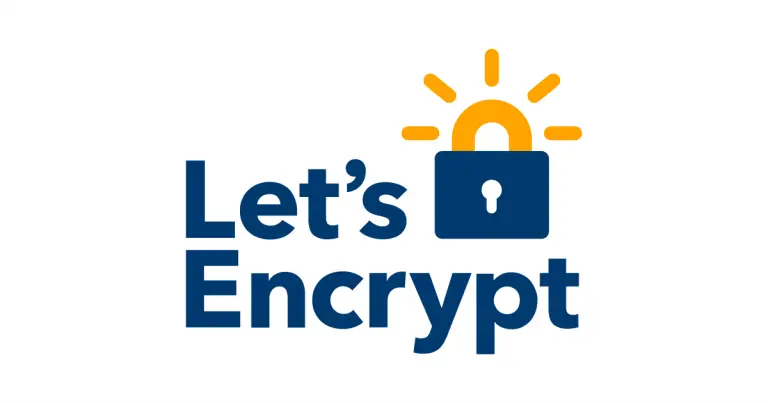
Over the past several years, Tether—the issuer of USDT—has repeatedly drawn scrutiny over regulatory concerns, leading to fluctuations in its exchange rate and reverberations across the broader cryptocurrency market. Yet, time and again, Tether has weathered these storms without encountering catastrophic consequences.
The operational model of Tether, or USDT, is deceptively simple: the company issues USDT tokens backed by its own reserves, maintaining a 1:1 peg with the U.S. dollar. Users can purchase USDT with fiat currency or redeem USDT for fiat directly through Tether.
The underlying risk lies in the scale of issuance—Tether has now released approximately 138 billion USDT, implying a corresponding $138 billion injection into the crypto ecosystem, all underwritten solely by the company’s credibility.
Should Tether’s total assets fall short of this amount, the solvency of USDT could come into question. While the company claims its reserves consist of fiat currencies, cash equivalents, and various other assets, these holdings are not pledged to external financial institutions but are instead retained under Tether’s exclusive control.
To date, Tether has not subjected itself to an audit by any internationally recognized accounting firm. This lack of independent verification raises the possibility that, if Tether were to misrepresent its financial position, the consequences could be dire for the entire digital asset industry. An audit would go a long way in restoring trust and reassuring stakeholders.
Tether’s CEO recently remarked that under the pro-crypto leadership of former U.S. President Donald Trump, should he declare cryptocurrency a national priority, the “Big Four” accounting firms would be compelled to engage accordingly.
As of now, the company has not disclosed which firm it may partner with. The four globally renowned accounting firms—PwC, EY, Deloitte, and KPMG—lend their reputations and regulatory compliance to the audit process. Should any discrepancies or financial risks be discovered during an audit, these firms are obligated to withhold certification.
In 2024, Tether reported a staggering profit of $13.7 billion. Attracted by the success of Tether and the rise of stablecoins, numerous other digital stablecoins have entered the market, and an increasing number of traditional financial institutions are now preparing to launch their own blockchain-based stable currencies.


